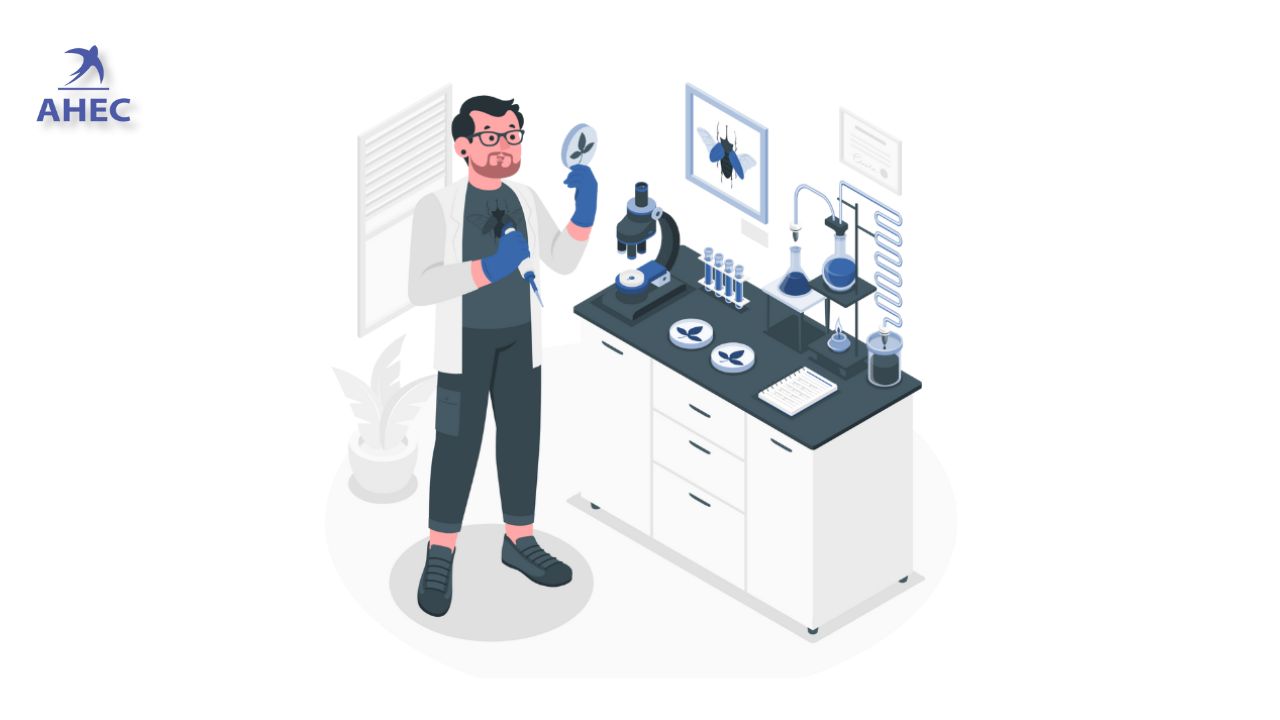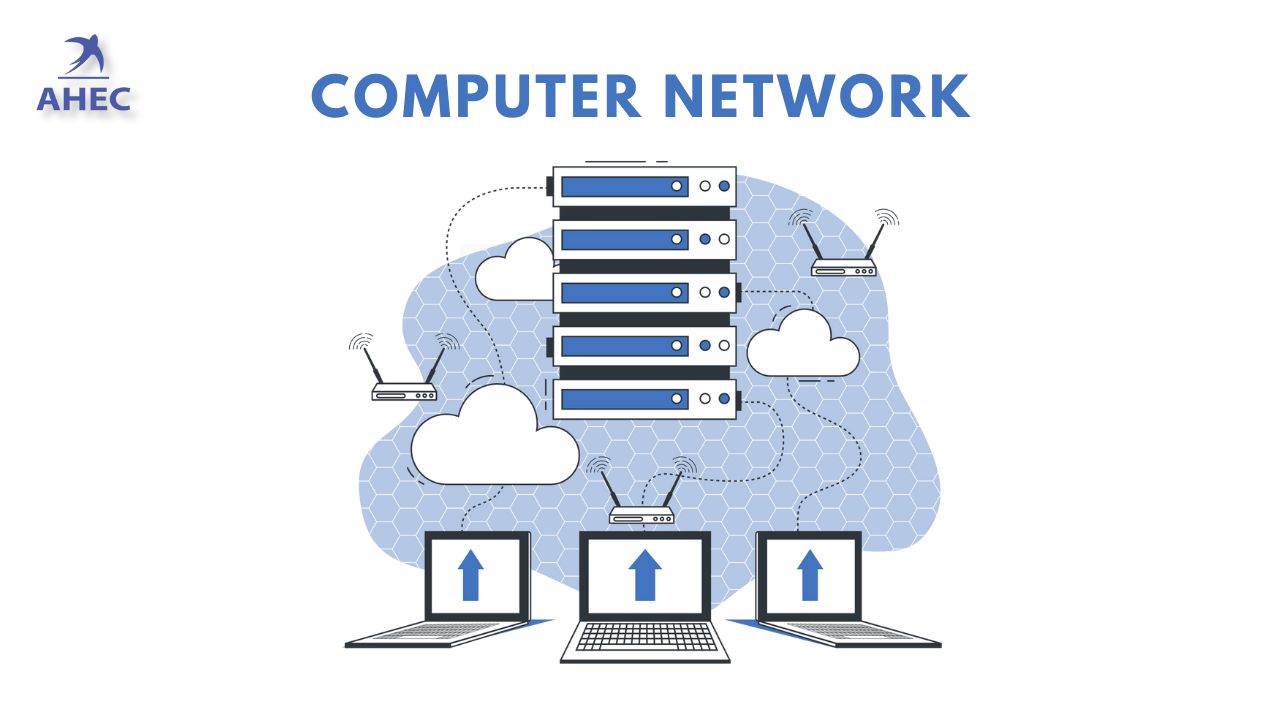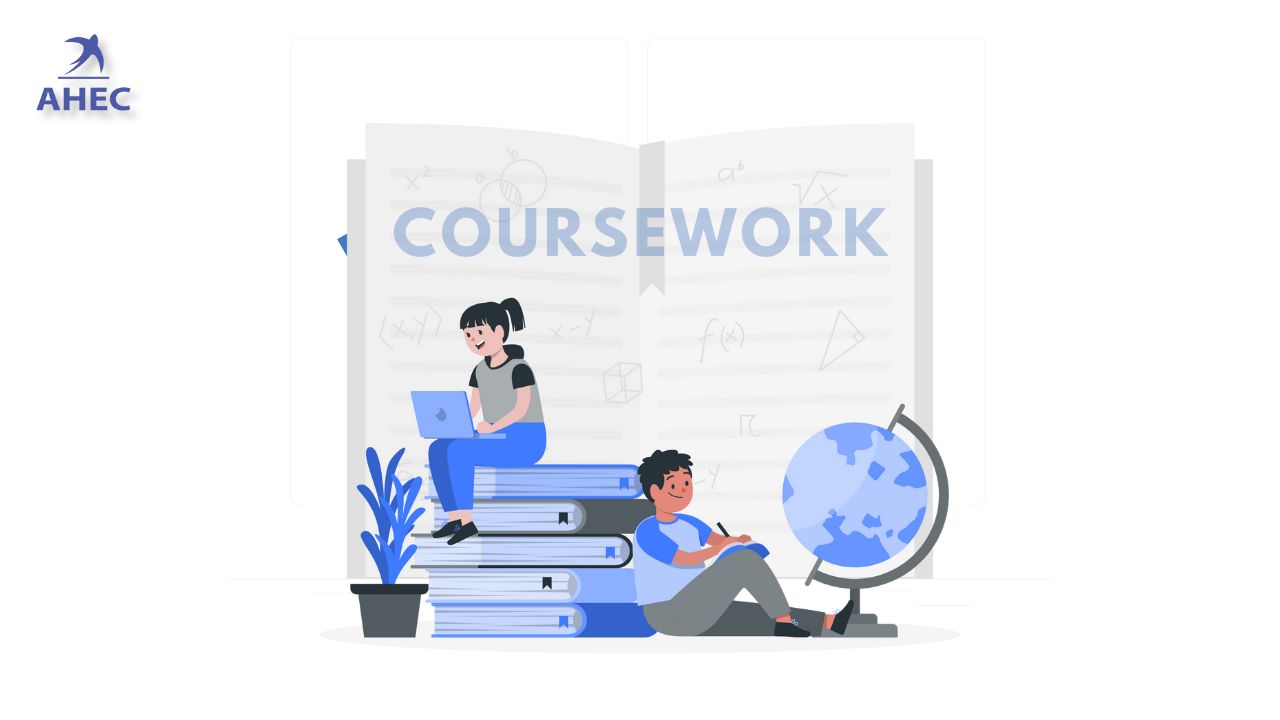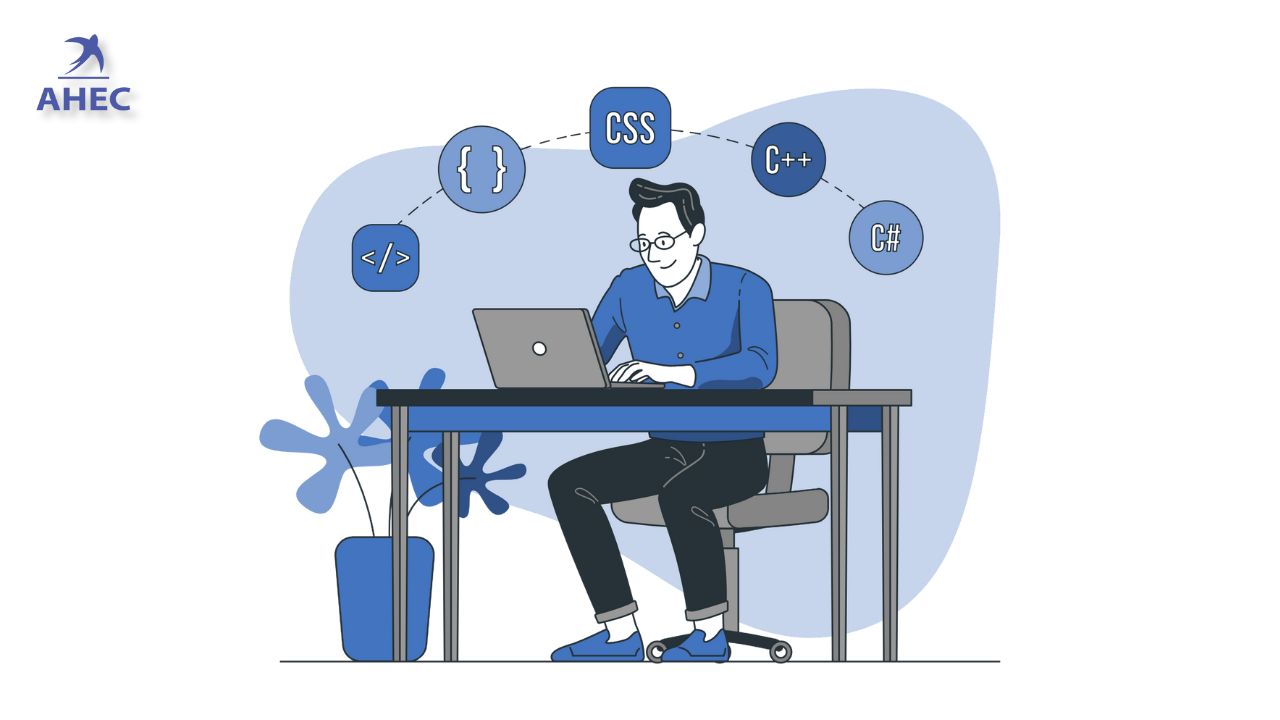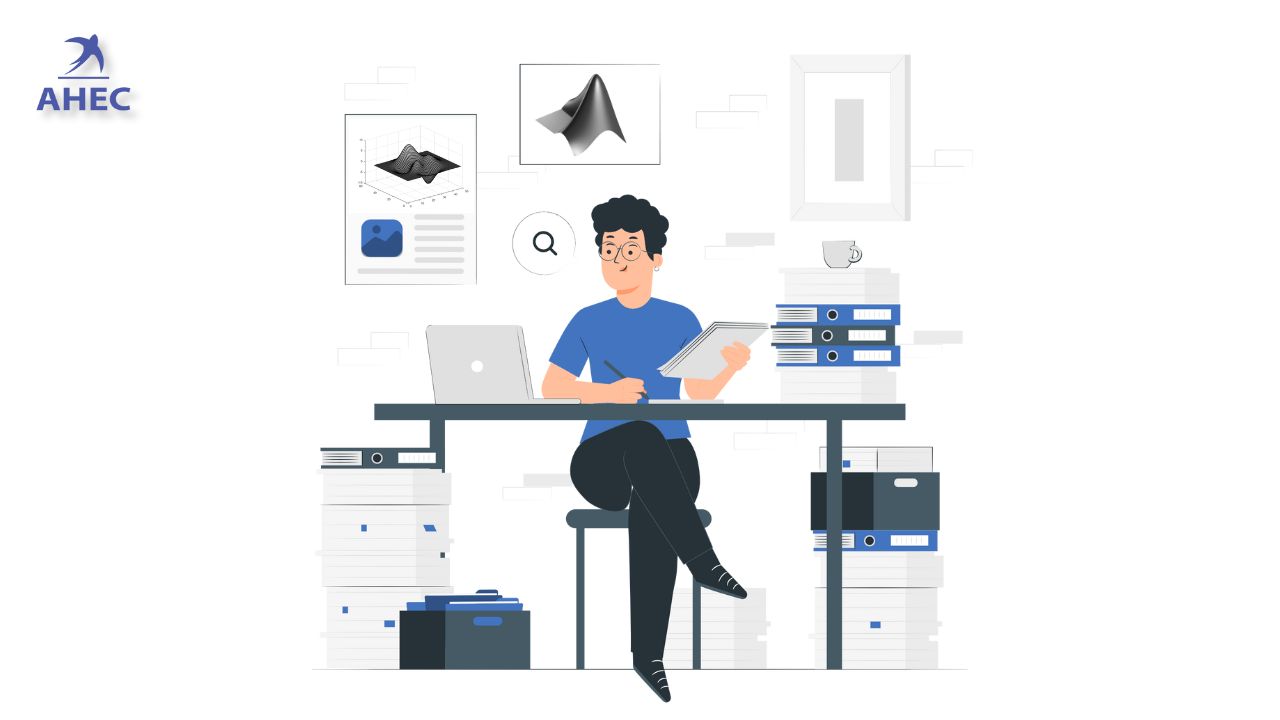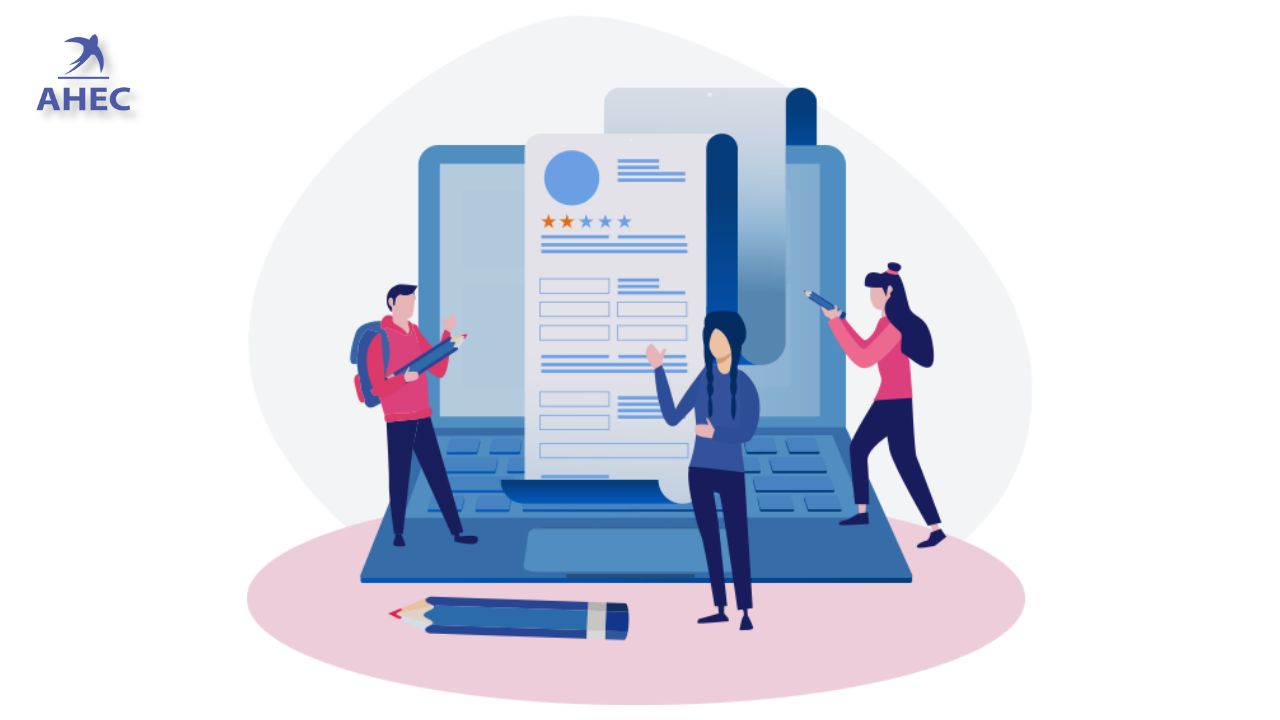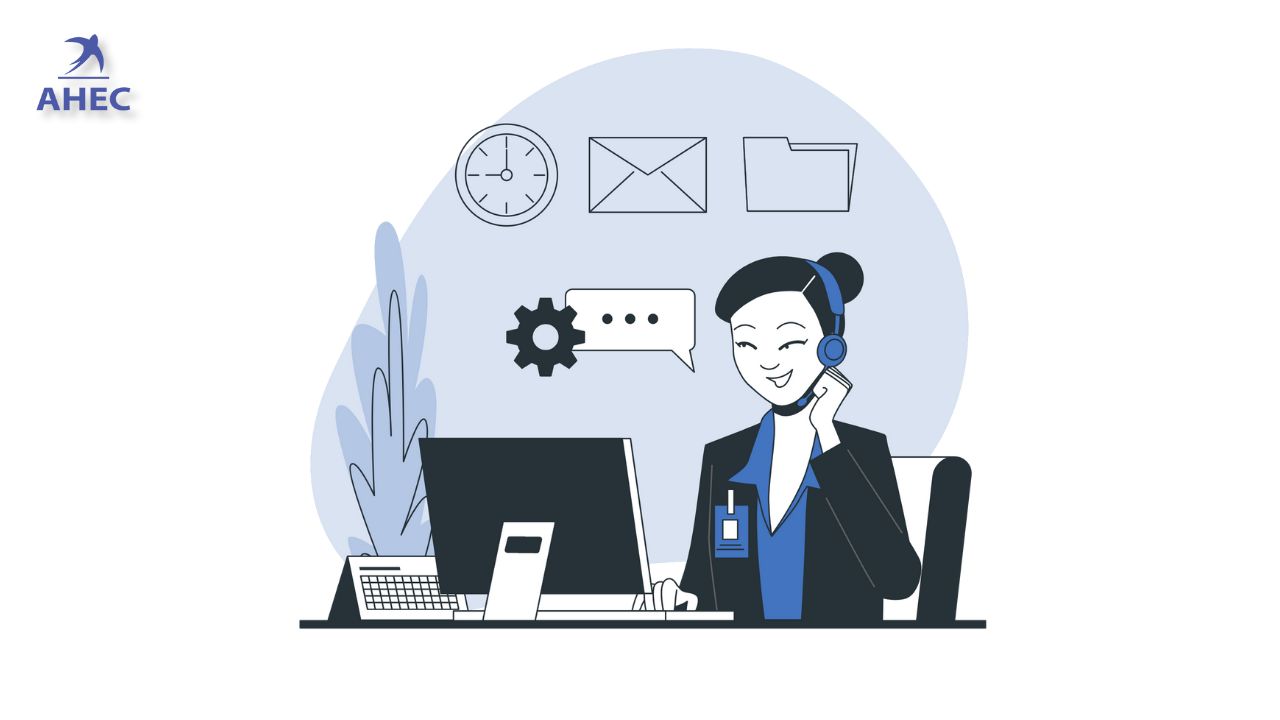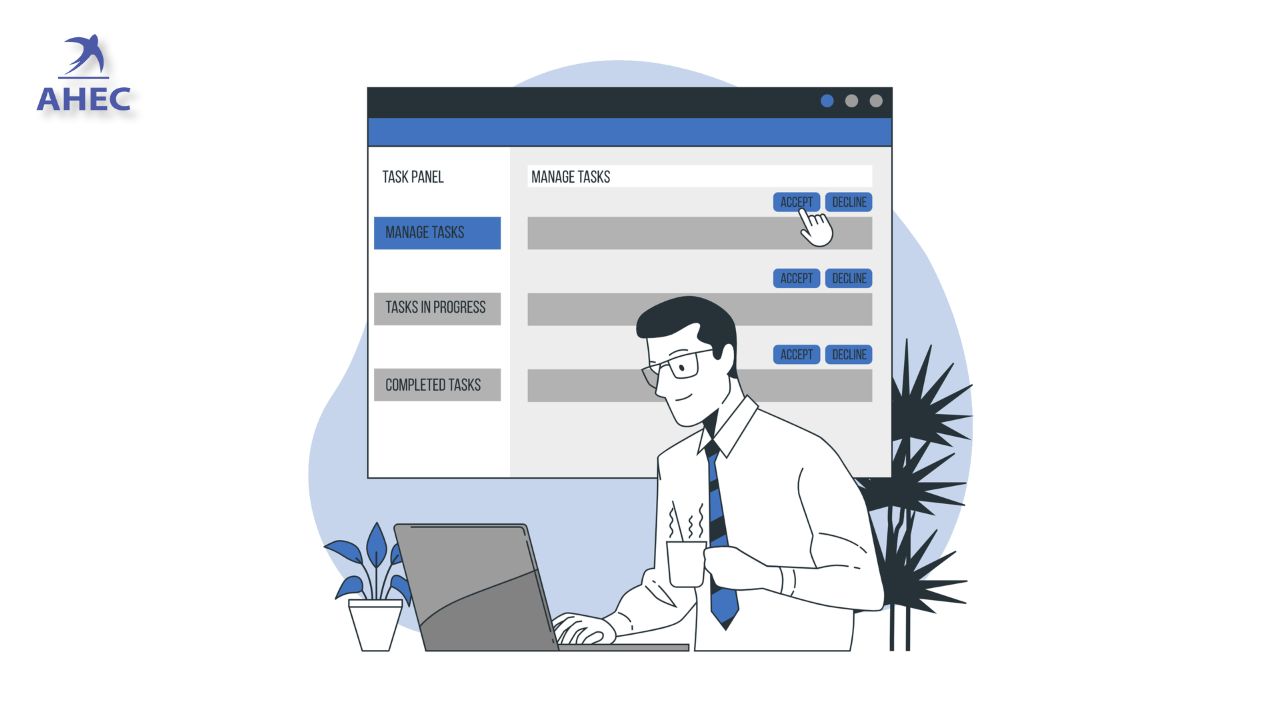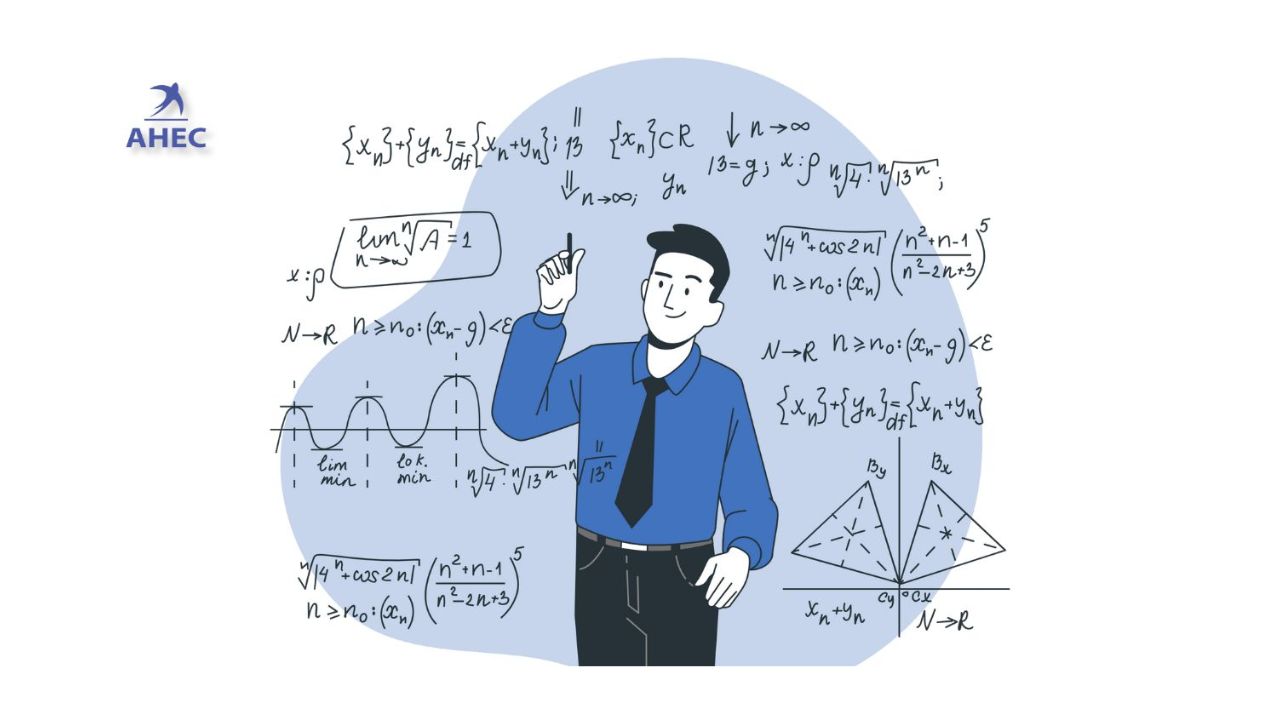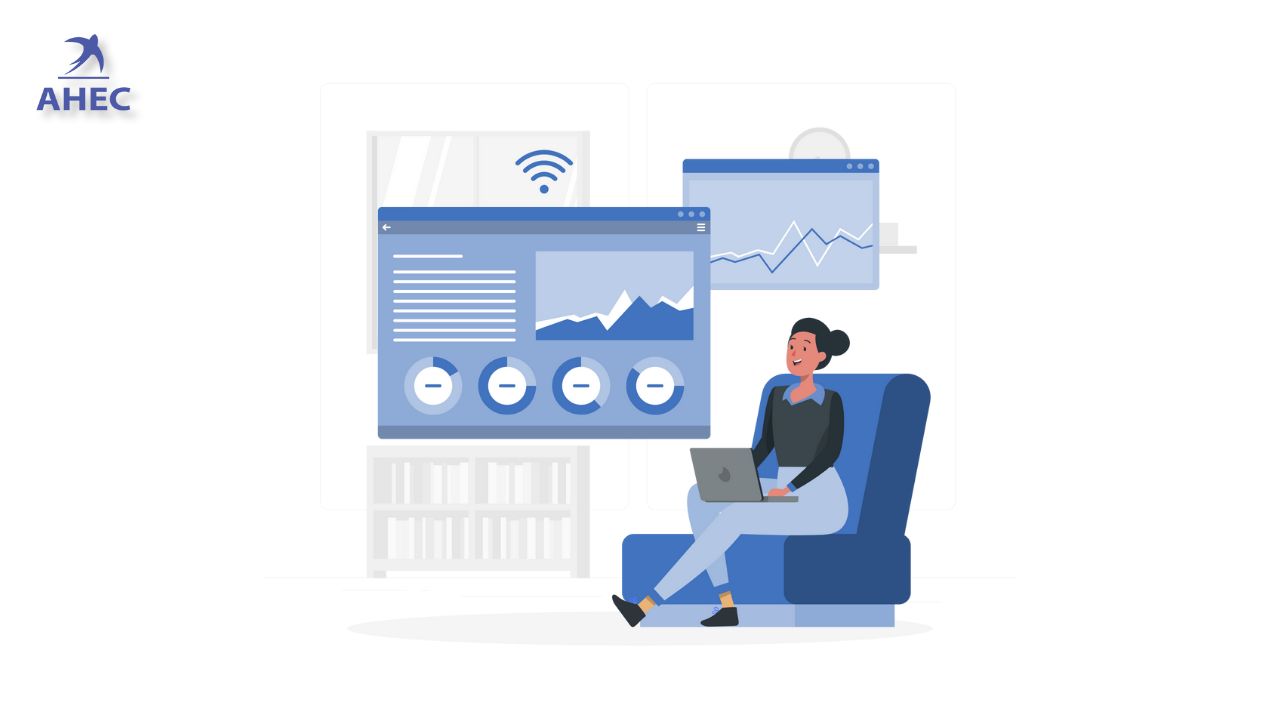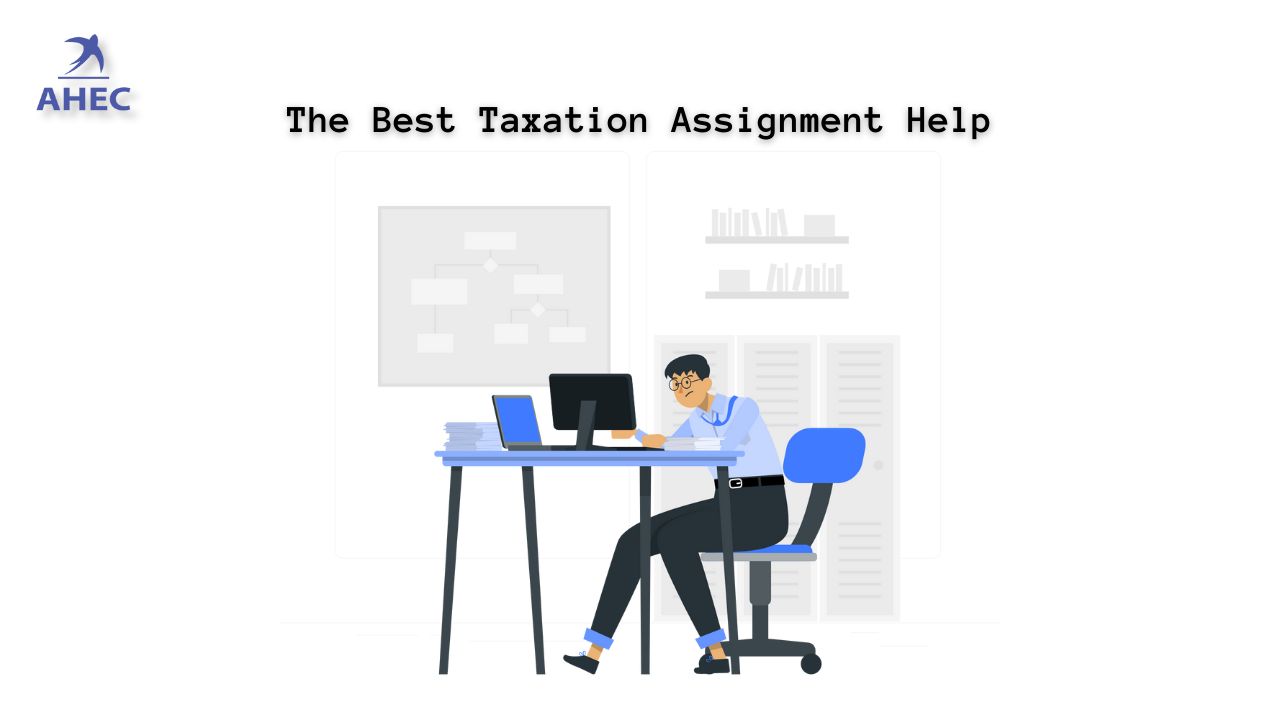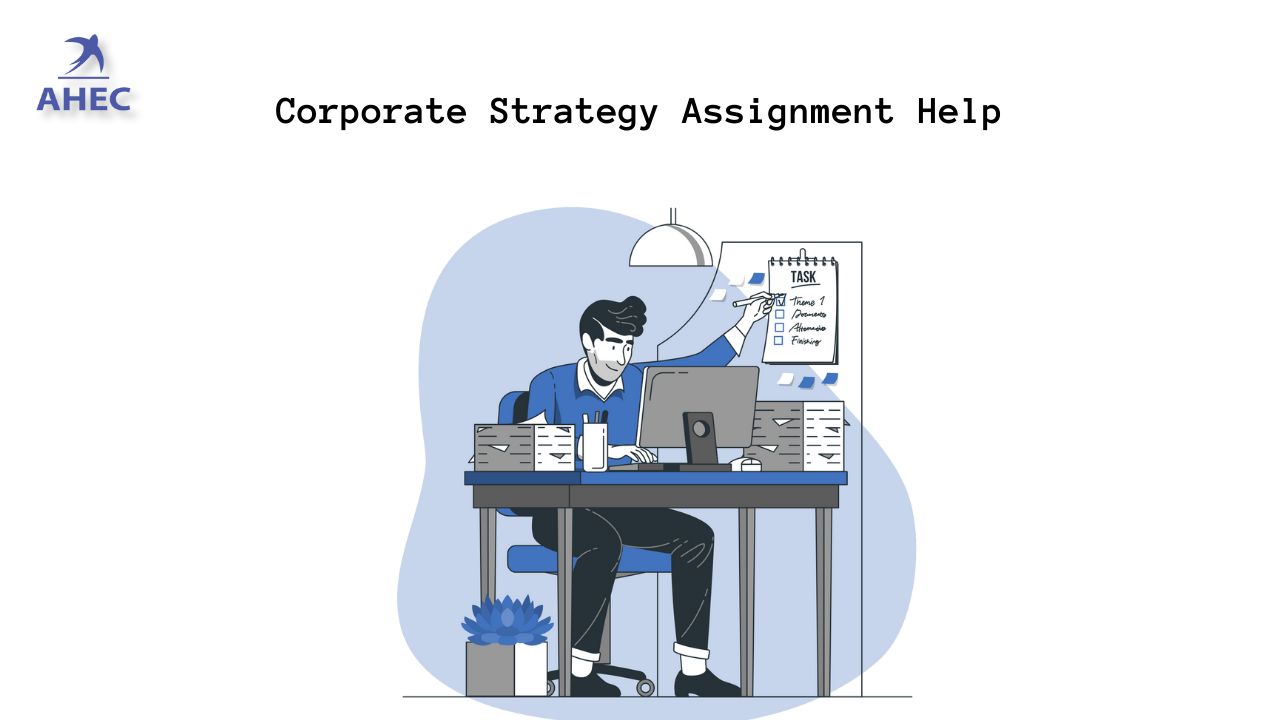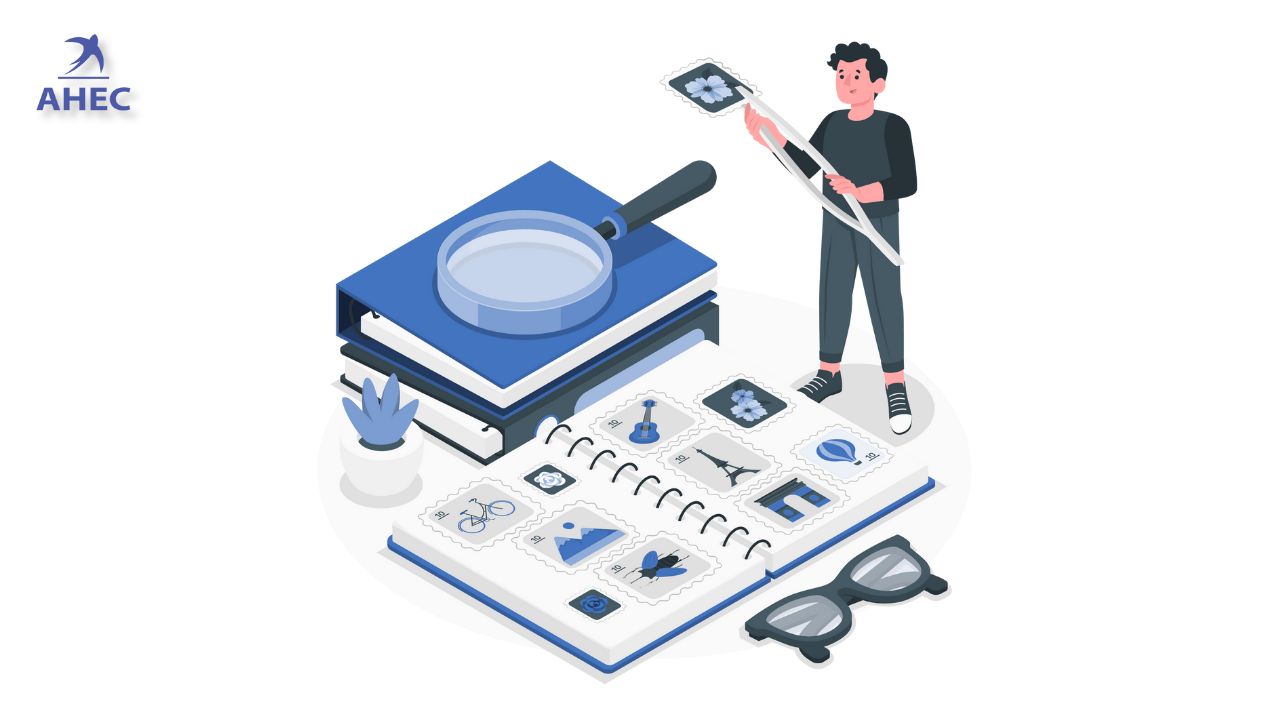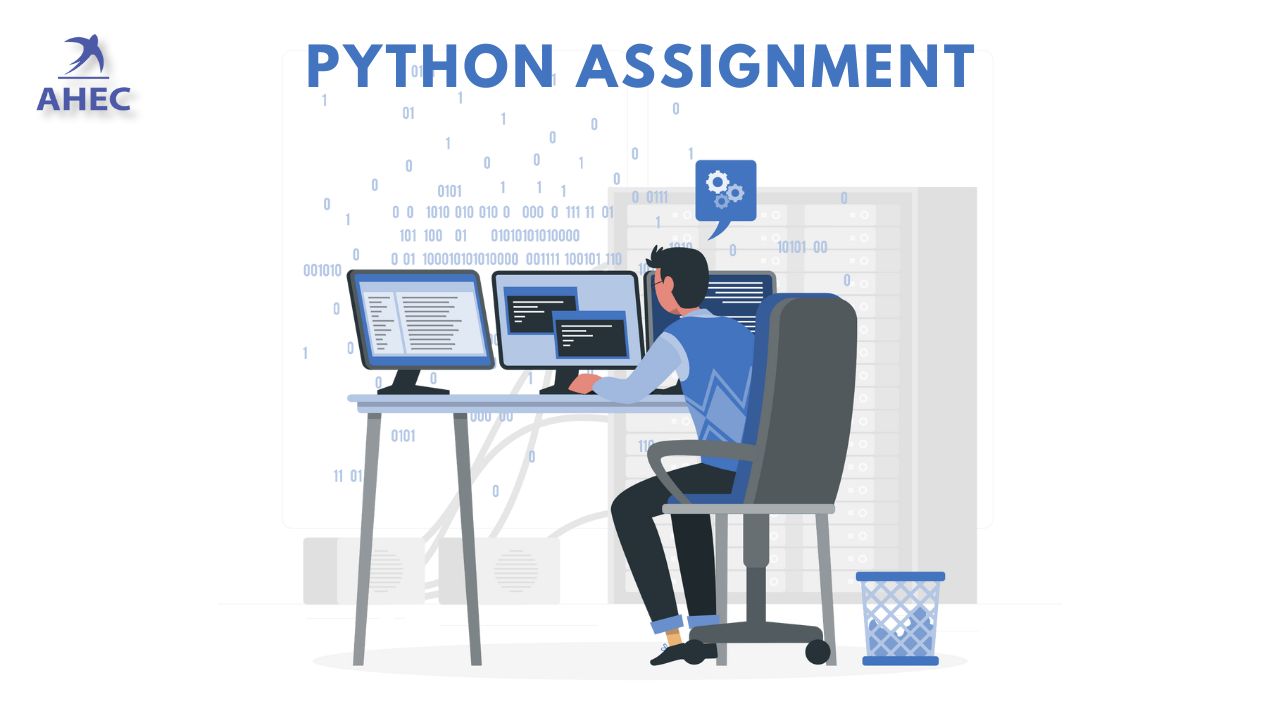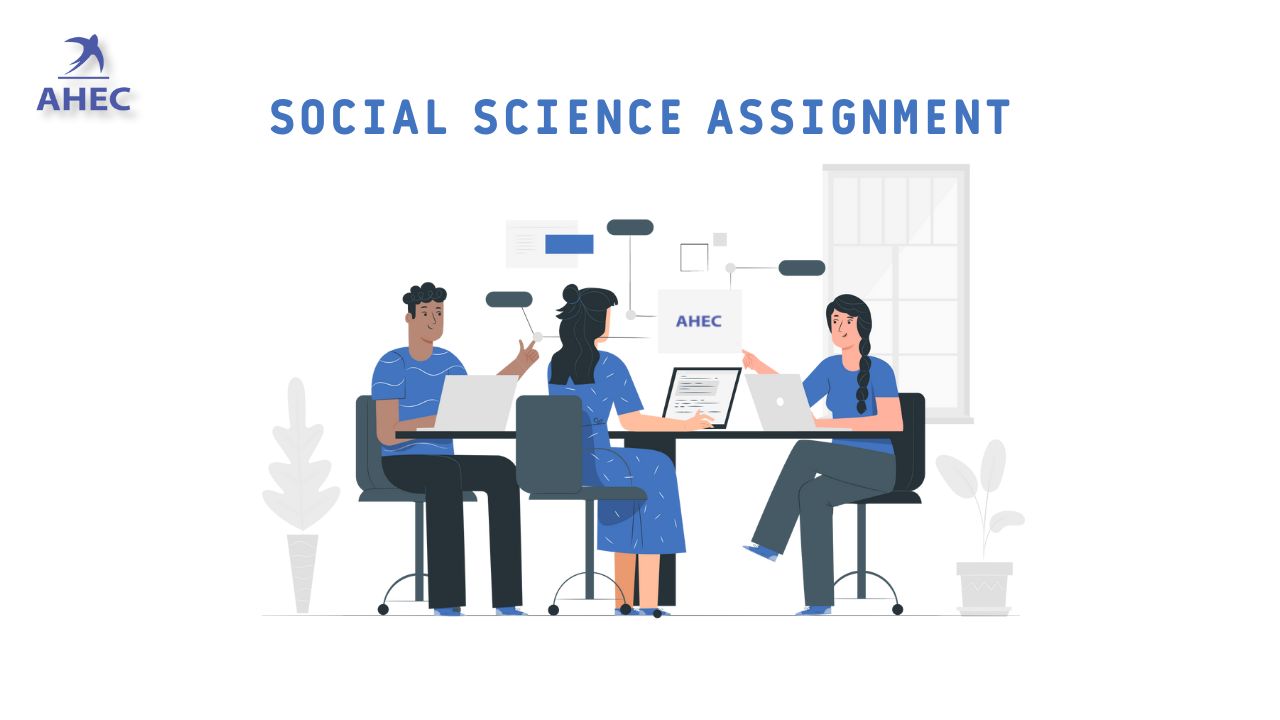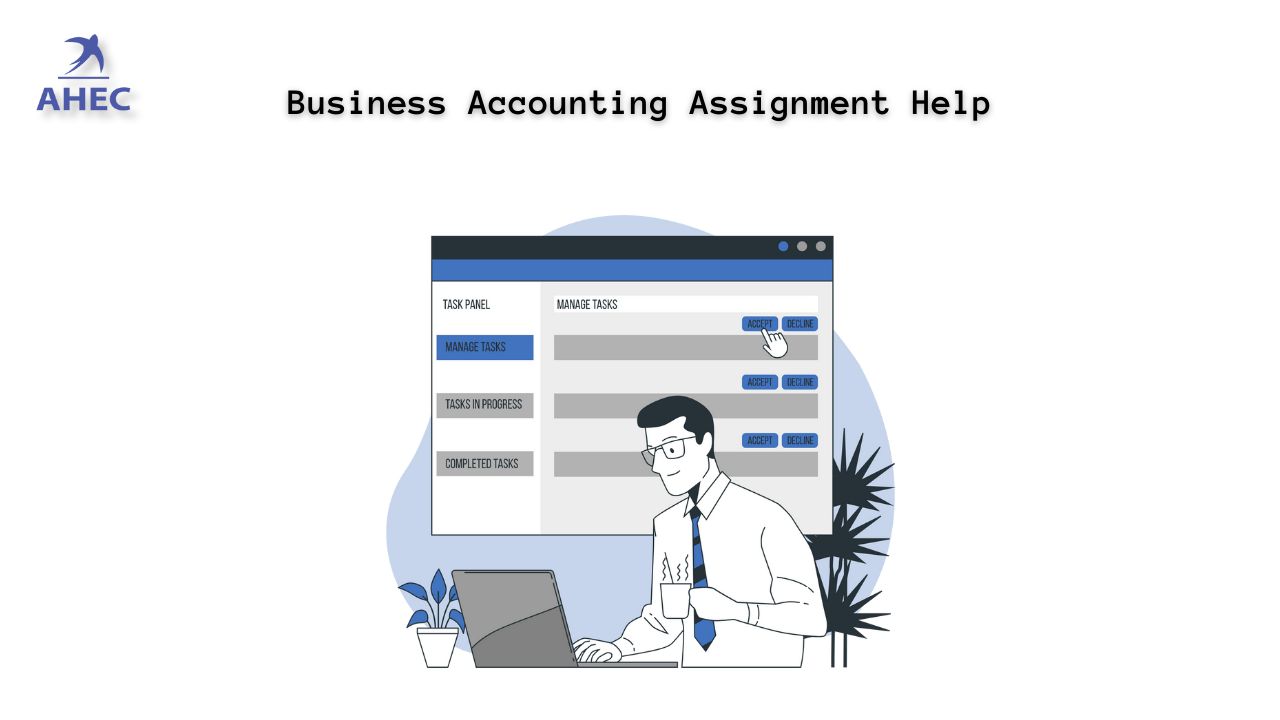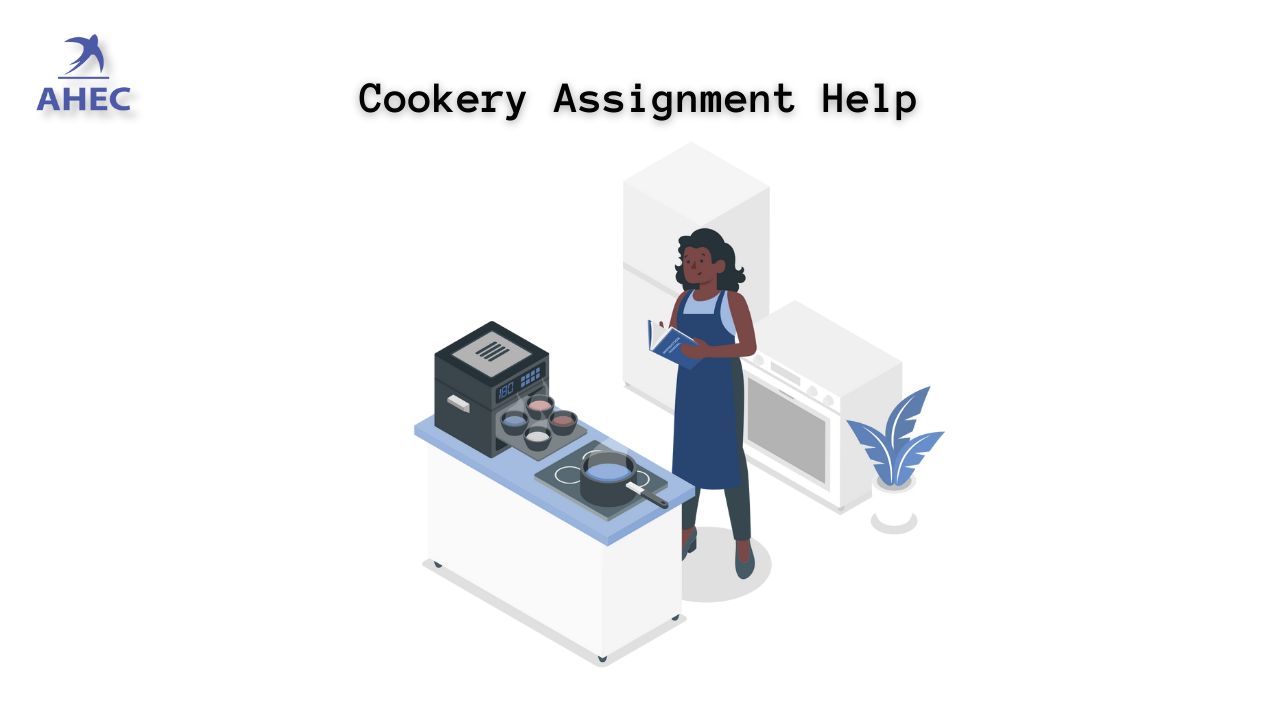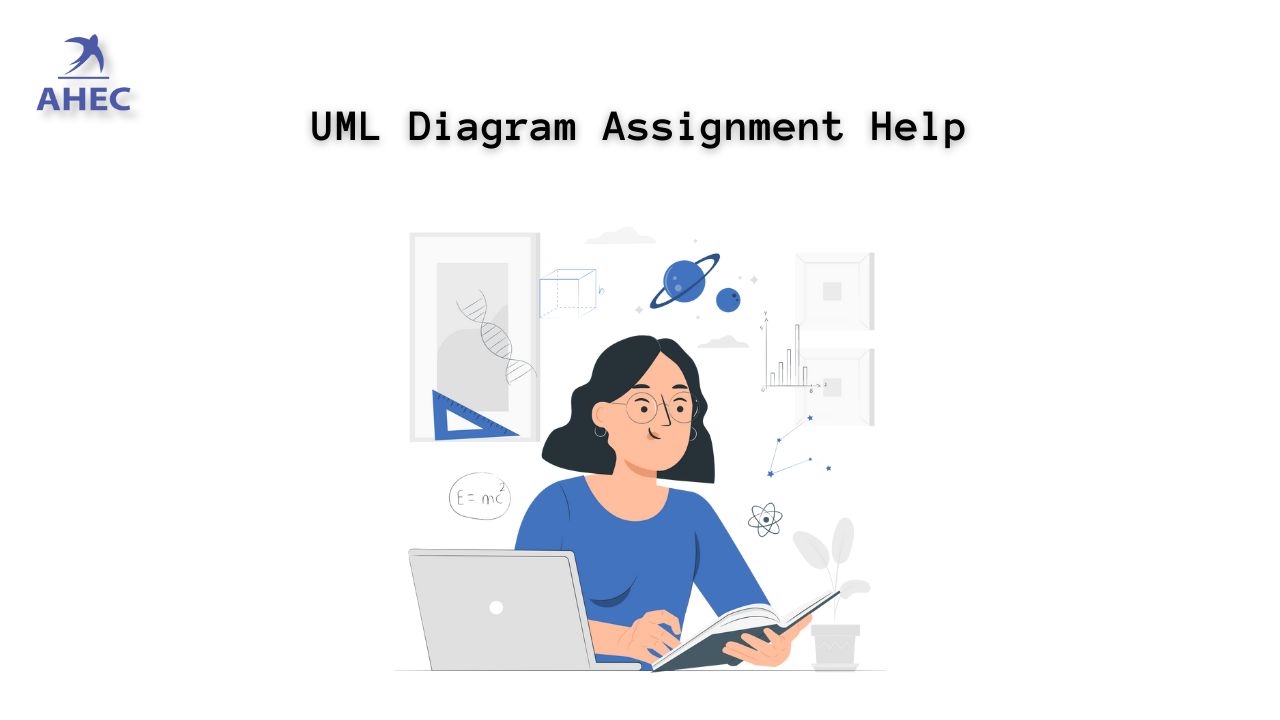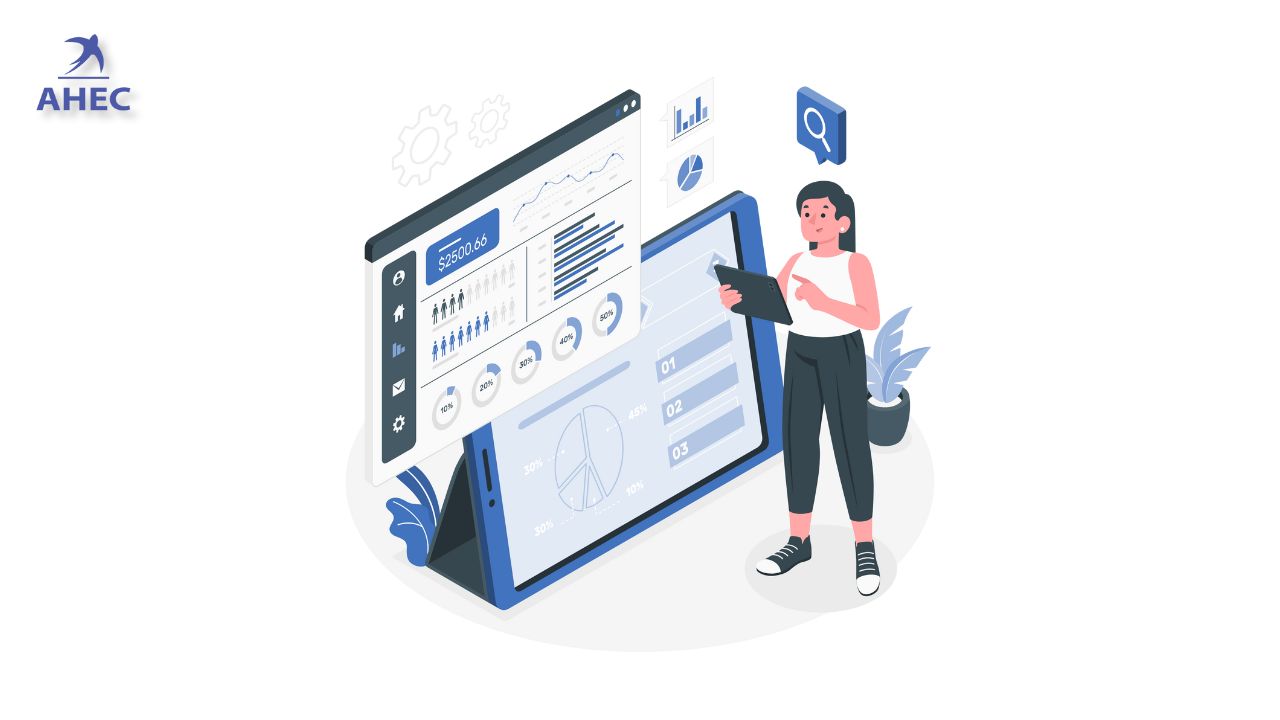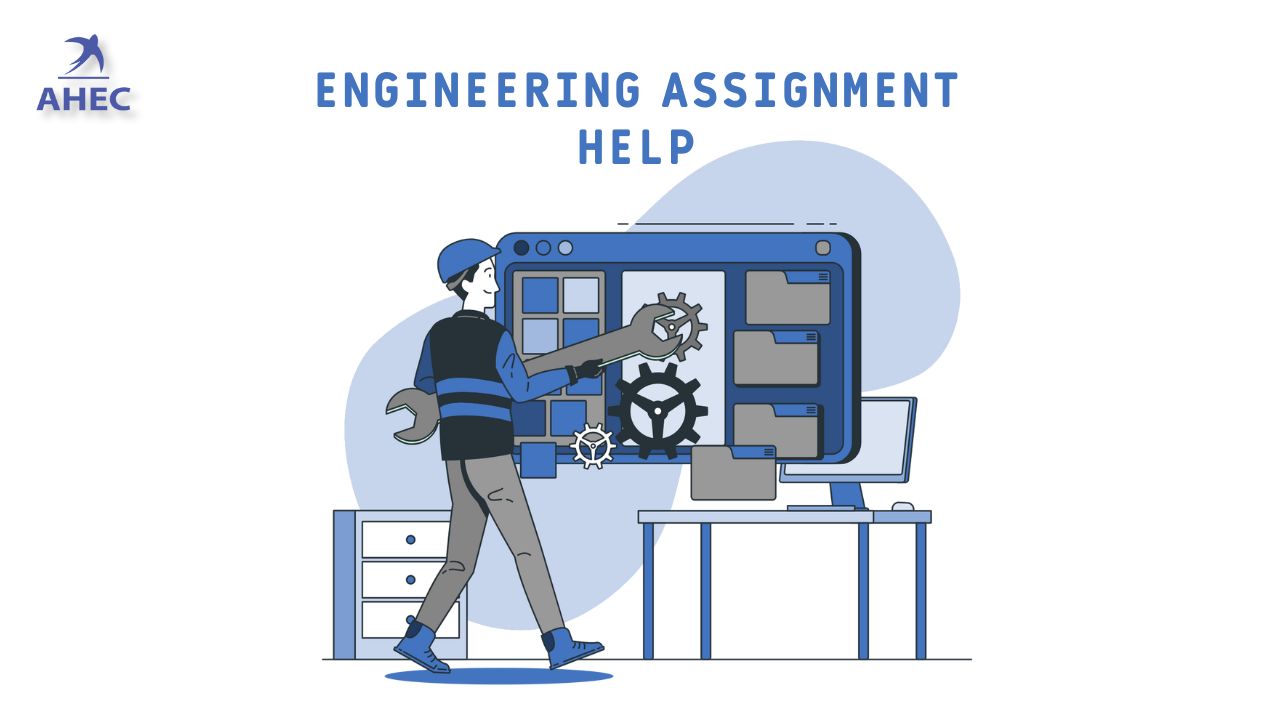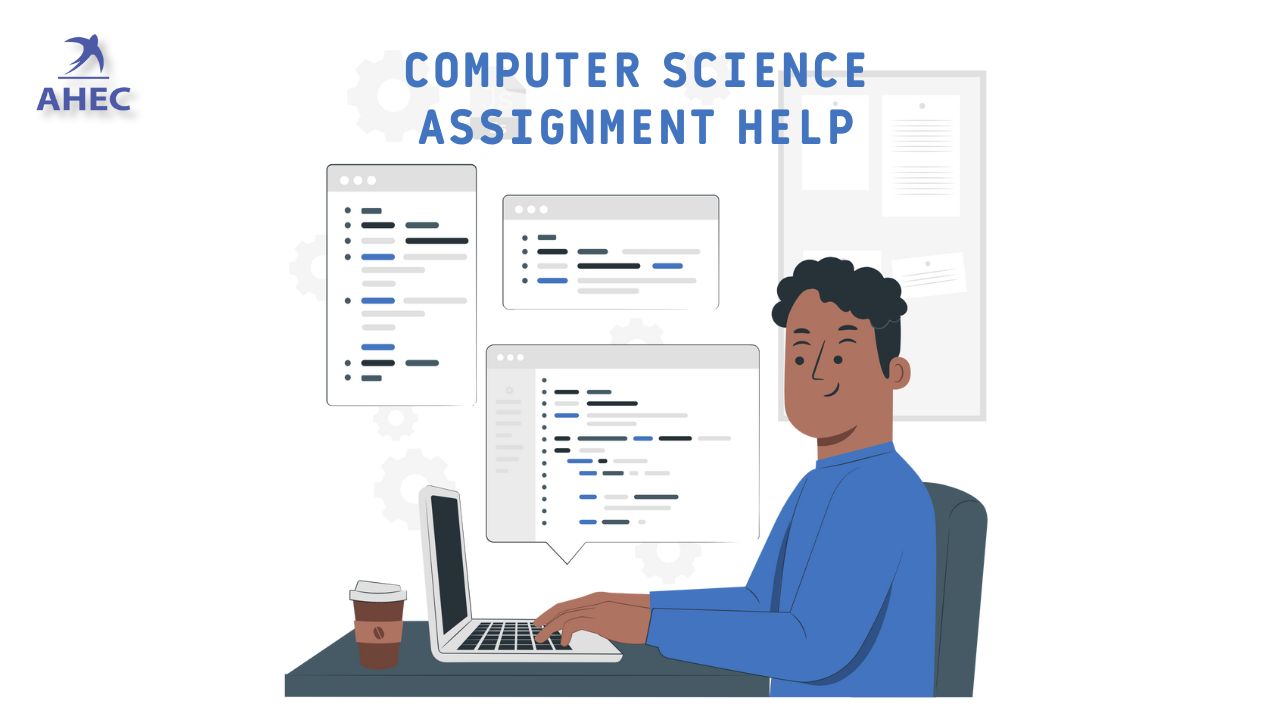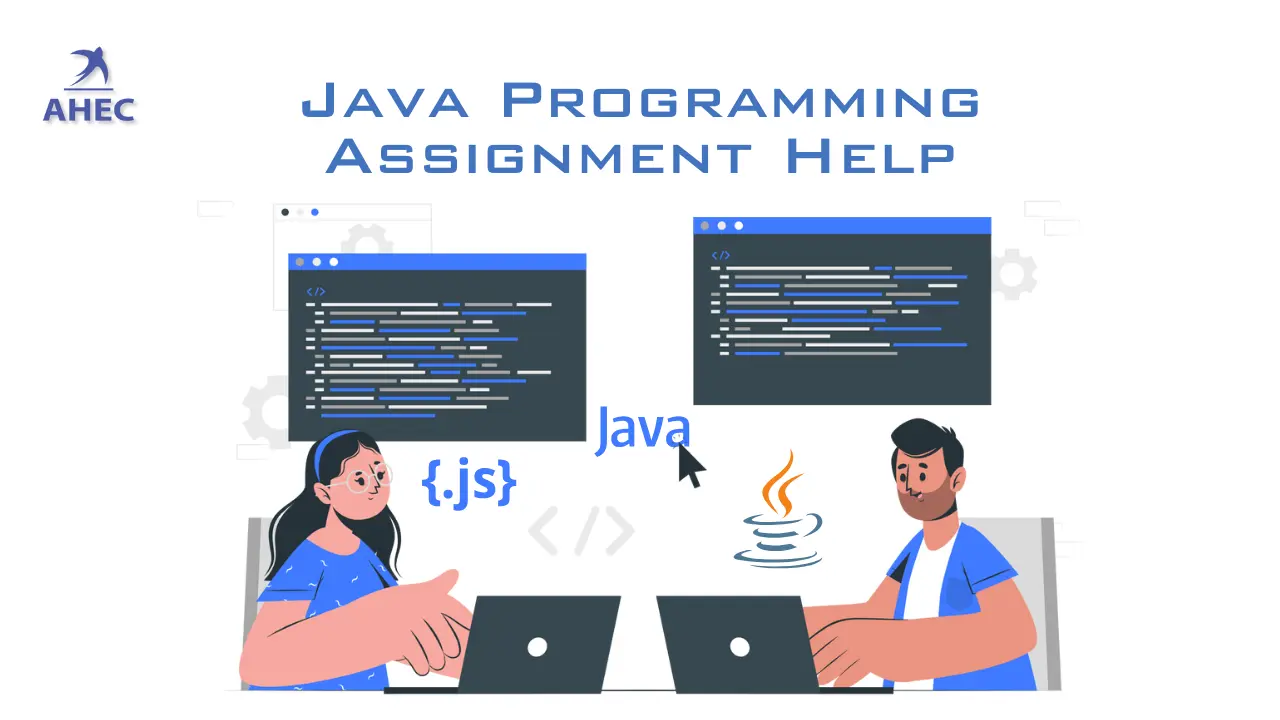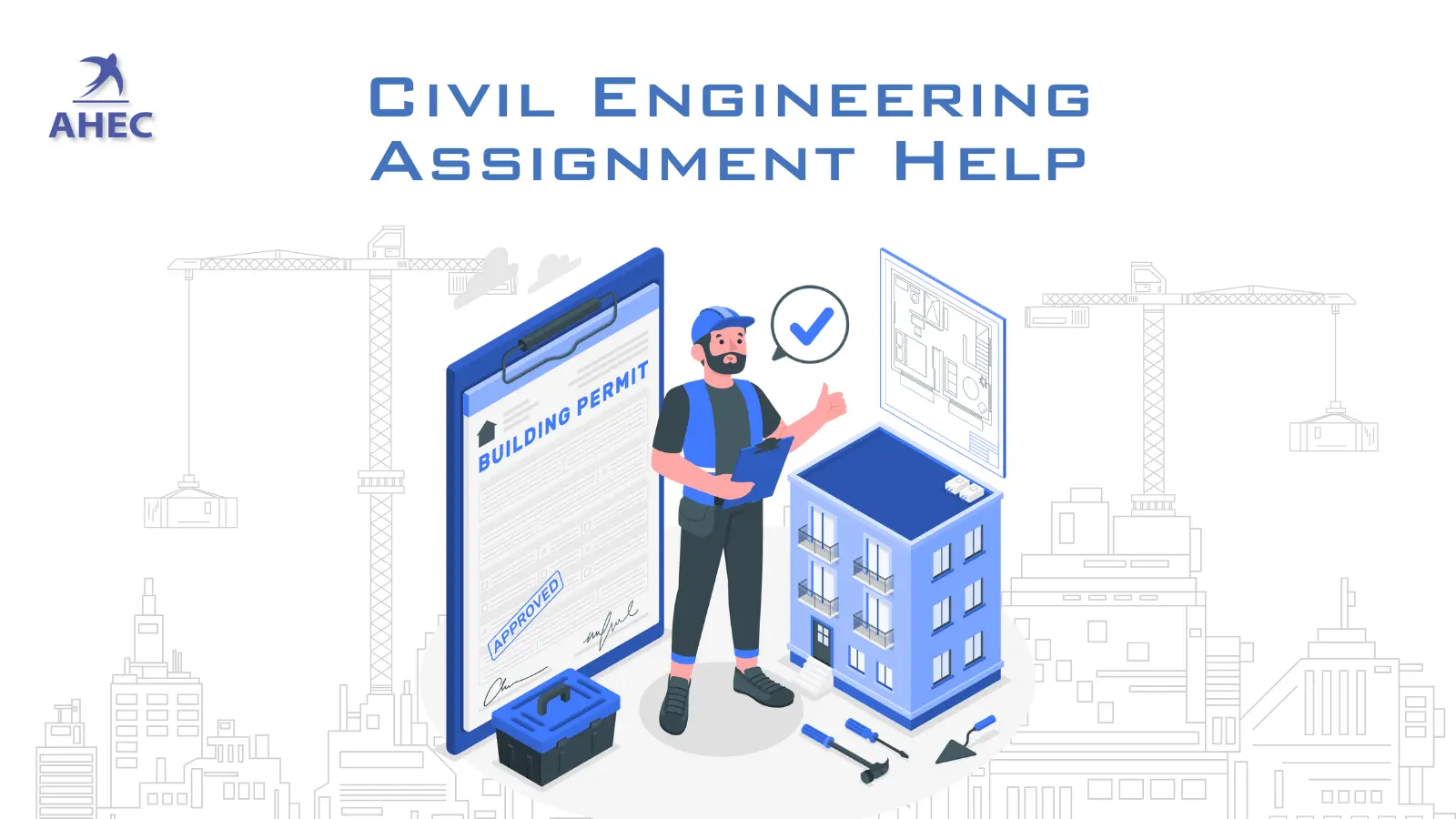Cost Accounting Assignment Help
Are you a Cost Accounting student and feeling stressed with Cost Accounting assignments issued at college? Are you seeking the best score for the Cost Accounting assignment, that would help you get a better grade in the class? All you have to do is submit all of your Cost Accounting Assignments by filling in the cost accounting assignment Help submit the form to AHEC or submit the assignment materials by email. We will look over the details and contact you, after which we'll move forward and complete the task according to the deadline you set.
The definition of Cost Accounting Assignment Help:
Cost accounting assignment help can be described as the method of collecting analyzing, analyzing, summarizing, and reporting on the expenses that a company incurs on items or products. The goal of the costs accounting process is to control the direct and indirect costs related to services and products in order to maximize profits and keep competitiveness on the market. Comprehensive cost information is available in Cost accounting. It is the responsibility of the management to utilize cost information to plan future expansion and improvement. Cost Accounting comes under the area of accounting and deals in the study of fixed and variable expenses that an organization incurs for services and products.
Cost Accounting elements Cost Accounting:
Every company will have cost elements that fall into three categories, namely Materials (including labor and other costs). Each one of these is broken down into sub-elements, which comprise direct and indirect costs that are associated with the specific component. Direct costs allow companies to pinpoint the exact direct element costs. However indirect costs tend to fluctuate and is not identified and can fluctuate based on a variety of factors.
Material Costs: The vast majority of the expenses incurred by businesses are related to the purchase of raw materials for the production process. For products, the materials are classified as raw materials and materials, while for services, materials include tools, equipment, and the time that is spent on education and learning the ability. Materials comprise the bulk of the costs paid by businesses for services and products and can directly affect the costs of the services or products. According to Cost Accounting Assignment help experts, they are separated into sub-categories which fall under the heading of material costs. Each caters to a specific type of material cost that a company incurs. Good Cost Accounting Assignment Help Online services must be able to analyze the services and products to establish the precise cost. AHEC has an expert group of Cost accounting professionals who go through the assignment to determine the exact expenses that need to be considered in every assignment. Here are some of the most common types of materials costs that you should take into consideration when you prepare your cost accounting assignments.
Raw materials and semi-finished goods costs: Materials account for the bulk of the costs in the manufacturing process, but these materials are also classified into two categories, namely raw materials as well as semi-furnished materials. The raw materials comprise the fundamental components required to manufacture the process, without which the company is unable to produce the product. Semi-furnished materials are the components required by the company to increase or enhance the raw material's quality prior to the manufacturing process. To illustrate the distinction between the two, we'll look at the construction and building industries where cement gravel, sand, and cement are the primary requirements for the production of mortar, but semi-finished and cleaners such as concrete waterproofing solutions as well as the power lime, are needed to improve the quality of mortar. Cost accounting assignment help from experts state that the waterproofing solution is not required, however it improves the raw material's quality and therefore falls within the semi-finished cost.
Costs of energy and fuel Businesses rely on trucks to transport raw materials and the finished goods to the manufacturing facility and for transport to markets. Along with the cost of transportation, there are many companies that incur energy and fuel backup energy costs to guarantee production even in the event of power interruptions. They also need to transport staff, managers, and supervisors to and from the raw material site which all add to the costs for materials.
Costs of packaging Packaging is an essential requirement for any material in its raw state and as an end-product. The most popular and expensive type of packaging is used for finished goods, where the business needs graphic designers as well as quality assurance, as well as the marketing and sales teams to enhance the product's appearance in the market. As stated by experts' help with cost accounting assignments the packaging is also in the category of material costs because it requires the purchase of packaging materials that are specifically made to draw attention toward the product.
Cost of spare parts Materials collection transportation, sorting processing, grading, and storage all need mechanized tools and equipment. As tools and equipment operators, they slowly degrade and will eventually fail or break that requiring the machinery and equipment to be repaired or broken parts to be replaced. This is why spare parts are essential for every business, regardless of their activities as repairs, spare parts, and expenses for maintenance are usually inevitable. your business will definitely have to pay for these expenses that fall within the material cost.
Costs of building materials: Each company has a defined expansion and growth goal, however, it's not restricted to just securing new clients, orders, and sales. It also requires increasing the company's infrastructure. It is therefore essential for businesses to put money into building materials to build the infrastructure in order to be able to accommodate the increasing demand of the market. Building materials come under the category of material costs, which are a major need that businesses must consider when preparing their plans for development as stated by the experts in cost accounting assignments.
Labor Costs The second costliest expense that a company incurs during the manufacturing or service delivery process. This is why it is essential to ensure that the costs of labor are efficiently managed to decrease the cost associated with manufacturing and service delivery. This can be accomplished by two methods, that is through automation and improving the productivity and efficiency of workers. Labor plays a significant role in business performance, so the cost of labor must be considered in depth. Here are the labor costs that AHEC experts consider when they prepare their Cost Accounting Assignment Help. The cost is common to many firms and has been detailed below.
Basic Salaries: Every employee's pay is divided into various categories that cater to various needs. The first is the base allowance that is given to employees for their work. The salary that is basic is not inclusive of human resource management incentives, transportation, incentive, or insurance coverage, among other benefits.
HRA: This is the cost of additional benefits that employees can take advantage of in the event of injuries or accidents during their employment. HRA facilities cover benefits like insurance (health, dental, vision, life, etc. ) Disability pension protection and income insurance tuition reimbursement, daycare, vacation time, sick leave (paid and unpaid) as well as the funding of education as well as flexible and alternative working arrangements. All of these benefits are covered within the labor cost umbrella and, consequently, must include in the labor cost
Transportation: The need for workers is growing globally, and it is crucial for companies to provide additional amenities for their employees in order to lower the turnover of employees. In order to meet the demands of employees as well as keep them happy and satisfied, many businesses offer transportation services and an allowance for employees' salary packages. This provides more benefits to employees as well as increases the salary packages of employees which can improve the company's efficiency along with overall productivity. This also reduces the rate of employee turnover, which can aid in reducing business expenses.
Incentives motivate employees to work harder. part in boosting the focus of employees and morale for their work. Studies have shown that providing vacation time and financial rewards as incentives have an immediate impact on the way employees view their job. A lot of established businesses, therefore offer incentives to their employees over their regular pay. According to the cost-accounting assignment we provide to guidance experts, it improves their motivation and commitment to work and allows them to be more efficient and focused to their job.
Leave: Every nation's labor law provides a predetermined number of leave days that are mandatory to give to employees and have to be expensed. If employees choose to work on these days they must be compensated for their attendance. These costs for leave also fall in the labor costs, including additional overtime and bonuses falling under the indirect cost of labor.
Security and housing Security and housing: Some businesses require housing for its employees. This is particularly relevant for companies that work in remote areas. In these situations, the cost of housing is part of the HRA or the company builds housing units, which are used by employees of the company. The costs to build or maintain the security and housing facilities are also included in the costs of labor.
Food and entertainment Like security and housing, companies might also require employees with meals and entertainment. If employees bring their own food, the funds for food may be directed towards the allowances part of the pay breakdown. In terms of entertainment, most businesses offer employees rewards for effort and performance every year, either once or twice. The cost of entertainment is borne by the business and employees have access to entertainment when they wish. This service isn't available for cash and employees who are not involved in the entertainment will not receive any kind of financial reward for their participation in the entertainment. According to the cost-accounting assignment of our support experts, entertainment is a direct labor management expense borne by the business and is non-refundable.
Other Costs Other Experiences is a term used to describe expenses that do affect the cost of production and delivery but aren't fixed and could change. It is crucial to know they should not be mistaken with variable costs as other costs are those that are necessary to produce and deliver services but which aren't fixed. Electricity costs tend to fluctuate from the season the season of every company, so it is a cost that is definite however it will fluctuate between months based on the time of year. It's also not feasible to save the power for later use, which results in it being included under other expenses. Other costs that businesses incur include equipment depreciation and inflation, insurance maintenance, and utilities. All of these are inevitable for the company to be able to bear however, the amount, duration, and cost of these expenses cannot be anticipated. Therefore, they must be classified as costs under other expenses.
What Distinguishes us From other service Providers?
Cost accounting plays an essential aspect in any company's expansion and growth so it is a vital subject for students of business. Just because I claim to be proficient in a particular subject does not necessarily mean that I'm competent enough to answer the assignments on cost accounting. We are committed to the quality of our work, we consider showing our abilities to be more significant. Understanding the subject enhances the ability of students to get top marks, so we strive to show our expertise rather than telling you about our services. We believe that a well-known brand is a good advertisement, so we concentrate more on the things that the Cost Accounting Assignment Help Online service is supposed to deliver in order to earn your trust.
Book Now














